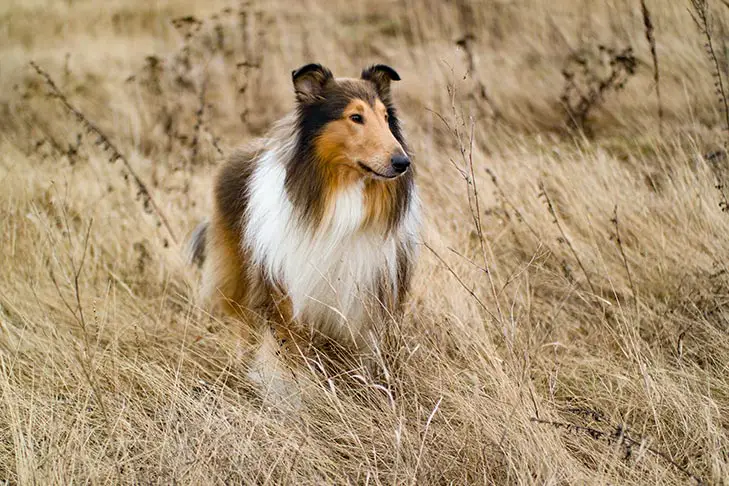Thanks to a century of being a pop culture icon, the magnificent Collie is one of the most well-known and adored dog breeds in the entire world. The most well-known Collie breed is the full-coated or “rough” variation, but there is also a sleek or “smooth” Collie. The Collie is a big, lean herder that ranges in height from 22 to 26 inches. The rough version has one of the most stunningly showy coats in the canine kingdom; the attractions of the smooth coat are more subdued but no less rewarding. Sable and white, tricolor, blue merle or white coat colors are available in both kinds. The exquisite wedge-shaped head of the collie, with its perky ears and expressive almond eyes, is prized by breed enthusiasts. Collies are well known for their affection for kids and make ideal family pets.
These quick, athletic canines enjoy social interaction and regular exercise. They pick things up quickly and gladly with moderate teaching. Their devotion, intelligence, and honorable character of Collie are legendary.




 Health
Health Grooming
Grooming Exercise
Exercise Training
Training Nutrition
Nutrition